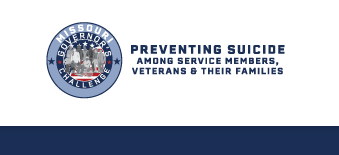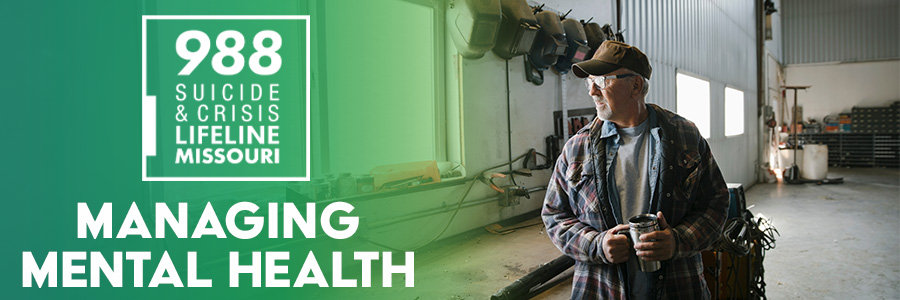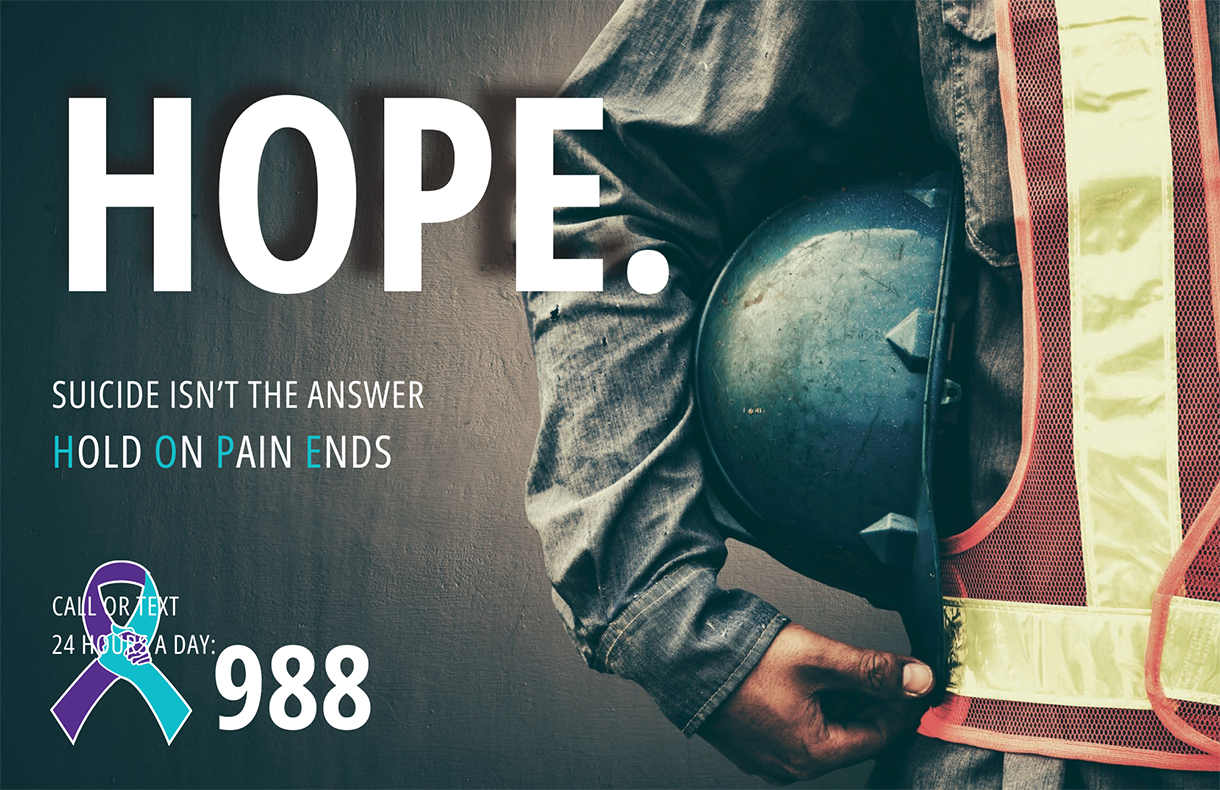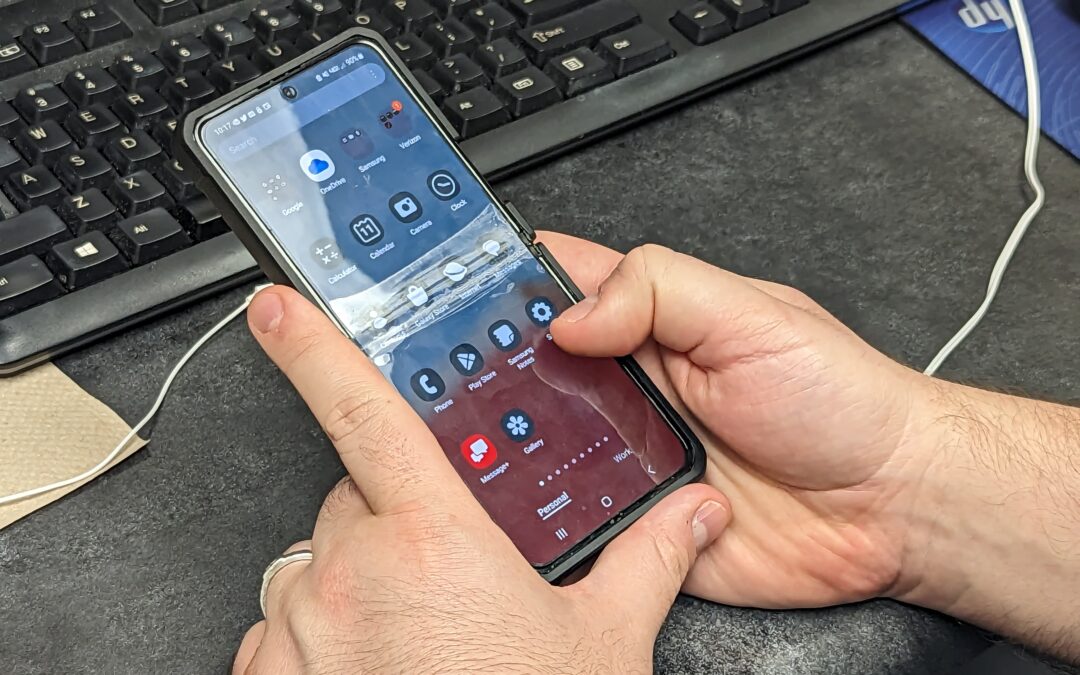Imagine a world where someone in their darkest moment isn’t met with confusion or bureaucracy, but with genuine, immediate compassion. That’s the vision behind SAMHSA’s 2025 National Guidelines for Behavioral Health Crisis Care—a blueprint that could quite literally save lives.
The Human Story Behind the Statistics
We’ve all been there—that moment when life feels overwhelming. Maybe it was during a personal struggle, a friend’s challenging time, or a family member’s battle with mental health. These experiences teach us that crisis support isn’t just a service; it’s a lifeline.
The 2025 guidelines recognize this deeply human need, transforming crisis care from a system of last resort to a network of immediate, understanding support.
Who’s There When You Need Someone Most?
SAMHSA’s approach is beautifully simple yet profound, focusing on three critical human touchpoints:
🤝 Someone to Talk To: The 988 Suicide & Crisis Lifeline isn’t just a number—it’s a compassionate ear. Trained counselors don’t just listen; they understand. They’re the calm voice helping someone navigate through emotional storms, offering hope when everything feels hopeless.
🚑 Someone to Respond: Picture mobile crisis teams as emotional first responders. They don’t just arrive with clinical detachment but with genuine human connection. These professionals understand that behind every crisis is a person—not a problem to be solved, but a human to be supported.
🏠 A Safe Haven: Crisis stabilization centers are more than facilities—they’re sanctuaries. They offer a compassionate alternative to emergency rooms, providing a space where healing can begin with dignity and respect.
Breaking Down Barriers: More Than Just Guidelines
What makes these guidelines truly revolutionary is their commitment to real-world impact:
- True Accessibility: No more “one-size-fits-all” approach. Whether you’re in a bustling city or a rural community, whether you have comprehensive insurance or are struggling financially—support should be within reach.
- Beyond the Moment of Crisis: This isn’t about temporary fixes. It’s about creating seamless pathways from immediate support to long-term healing and resilience.
- Embracing Technology with Heart: Digital tools aren’t replacing human connection—they’re enhancing it. Imagine communication systems that ensure no cry for help gets lost in bureaucratic silence.
A Movement, Not Just a Manual
These guidelines aren’t just another government document. They’re a collective promise—a commitment from communities, healthcare providers, and policymakers to prioritize mental health with the same urgency we’d treat a physical emergency.
Your Role in This Transformation
You don’t need to be a healthcare professional to be part of this change. Spread awareness. Check in on your loved ones. Remember that mental health support isn’t a sign of weakness—it’s an incredible act of strength.
The Bottom Line
In 2025, behavioral health crisis care isn’t just about responding to emergencies. It’s about creating a culture of understanding, immediate support, and genuine human connection.
Because when someone is at their most vulnerable, knowing someone truly sees and supports them can make all the difference.
Want to learn more? Visit SAMHSA’s website and be part of this transformative journey.
📥 Click here to download the full 2025 National Guidelines PDF.










